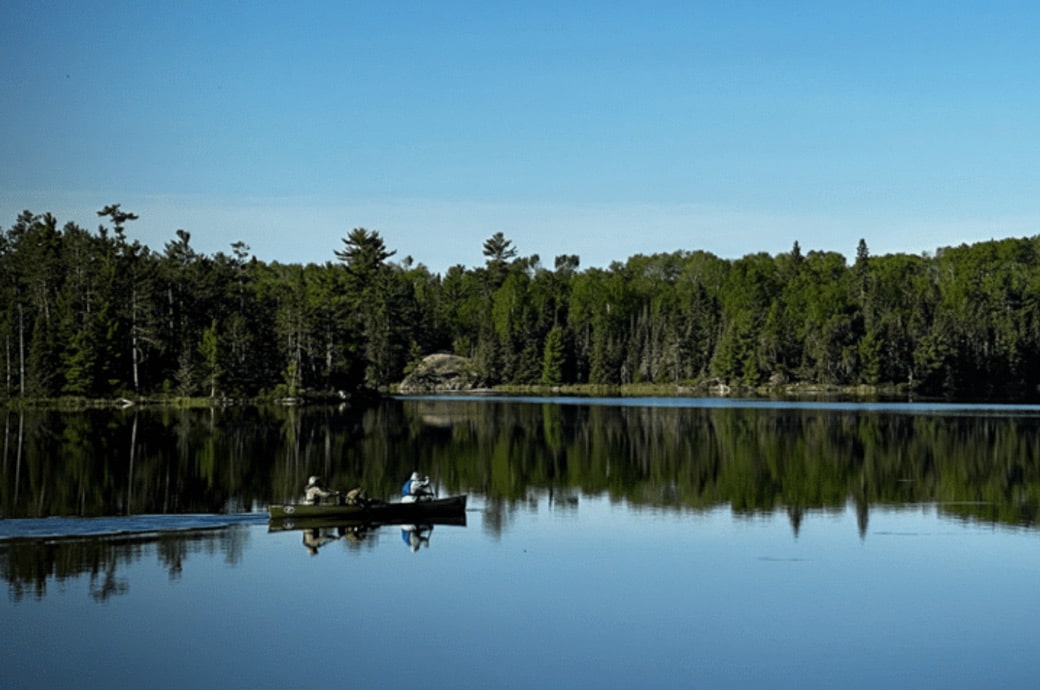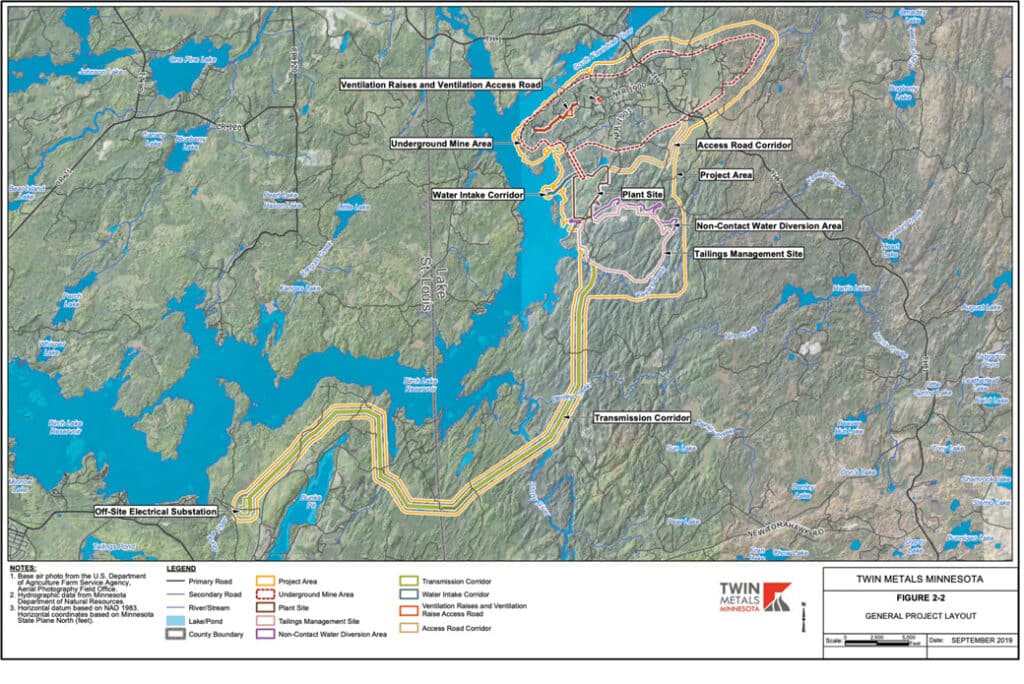
Last week, Representative Pete Stauber (R-8th district) attached five amendments to the National Defense Authorization Act. These aim to overturn the 20-year mining ban near the Boundary Waters Canoe Area Wilderness (BWCAW). While four of those amendments were defeated, one remains under review. Federal agencies along with environmental advocates have asserted that the reversal would negatively impact watersheds within the wilderness. However, mining interests contend that the mine would boost employment for local economies. They report that the mine would yield substantial mineral output from one of the largest undeveloped deposits.

Mining lease interests
Twin Metals Minnesota, a subsidiary of globally based Antofagasta PLC, has expressed serious interest since 2019. They have applied for permits to develop a mine near the South Kawishiwi River and Birch Lake watersheds. Both drain into the BWCA. They estimate a production of 20,000 tons of ore per day. That said, sulfide-ore copper mining has never been done in Minnesota.
Their plans involve permitting, constructing, and operating an underground mine in a location 9 miles southeast of Ely and 11 miles northeast of Babbit. The operation would reside within the Superior National Forest. The project targets critical minerals like copper-nickel and cobalt. Moreover, the site would cover nearly 2 square miles.

Impact on BWCAW watershed
According to research, “The U.S. is a big copper producer and faces no supply risk.” Consequently, “nickel and cobalt are accessible from other mines in the U.S. Canada and Australia, have reserves 12x larger than the U.S.” The EPA released a report stating that the proposed location for the mine contains low-grade ore with sulfide-bearing minerals (1% metals, including less than 0.2% nickel). Environmentalists urge that a permanent ban would preserve some of the cleanest waters in the state.
Harvard researchers put together an analysis published by the Ecological Economics Journal. Studying the impacts of mining within the SNF, they concluded that the proposed mining would lead to a “boom-bust cycle that is typical of resource extraction economies. It would be exacerbated by the likely negative effect on the recreation industry.”
Bill and amendment move to Senate
Despite opposition, the U.S. House recently passed Stauber’s bill (H.R. 3195) which aims to overturn the 20-year mining ban near the BWCAW. The latest amendments were submitted separately.
Ingrid Lyons, the executive director of Save the Boundary Waters commented that the “4 amendments were ruled out of order for a Defense Appropriations bill.” She went on to say, “Congressman Stauber’s attempts to throw in everything he could were too far of an overreach for even his pro-industry, pro-extraction caucus.”
As a result, “they could not justify attaching mining projects that benefit a foreign mining company to our national defense appropriations bill.” Finally, she went on to add that the 5th amendment in the package passed the House. However, it could be a while before appropriations will be complete.
Those with questions or comments regarding this bill can contact their Minnesota Senator.
More info:
- H.R. 3195 – Superior National Forest Restoration Act, Rep. Pete Stauber (R-MN 8th District)
- Critical Minerals Fact Sheet – Save the Boundary Waters
- Map of the current area under mining lease ban – Save the Boundary Waters
- Mine Plan of Operations – Twin Metals Minnesota
- Biden-Harris Administration Protects Boundary Waters Area Watershed – U.S. Department of the Interior

Wilderness guide and outdoorswoman Pam Wright has been exploring wild places since her youth. Remaining curious, she has navigated remote lakes in Canada by canoe, backpacked some of the highest mountains in the Sierra Nevada, and completed a thru-hike of the Superior Hiking Trail. Her professional roles include working as a wilderness guide in northern Minnesota and providing online education for outdoor enthusiasts.

